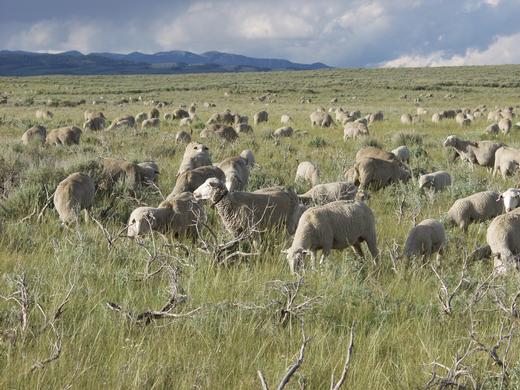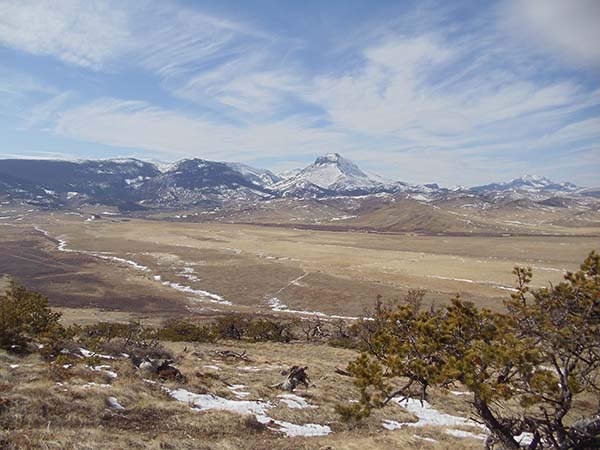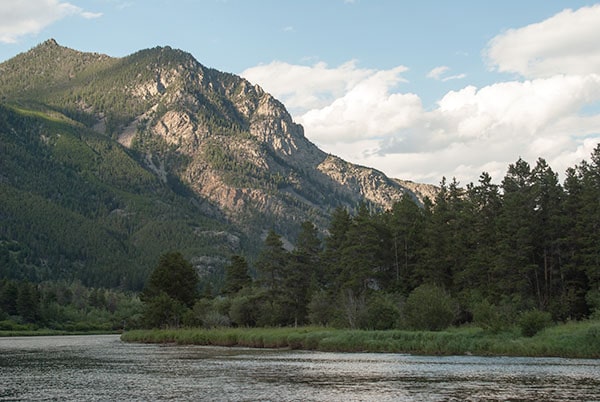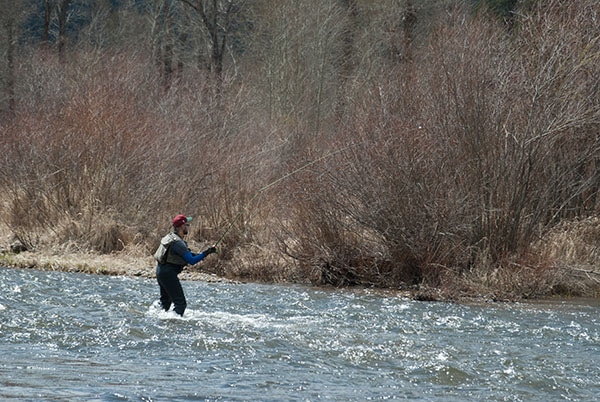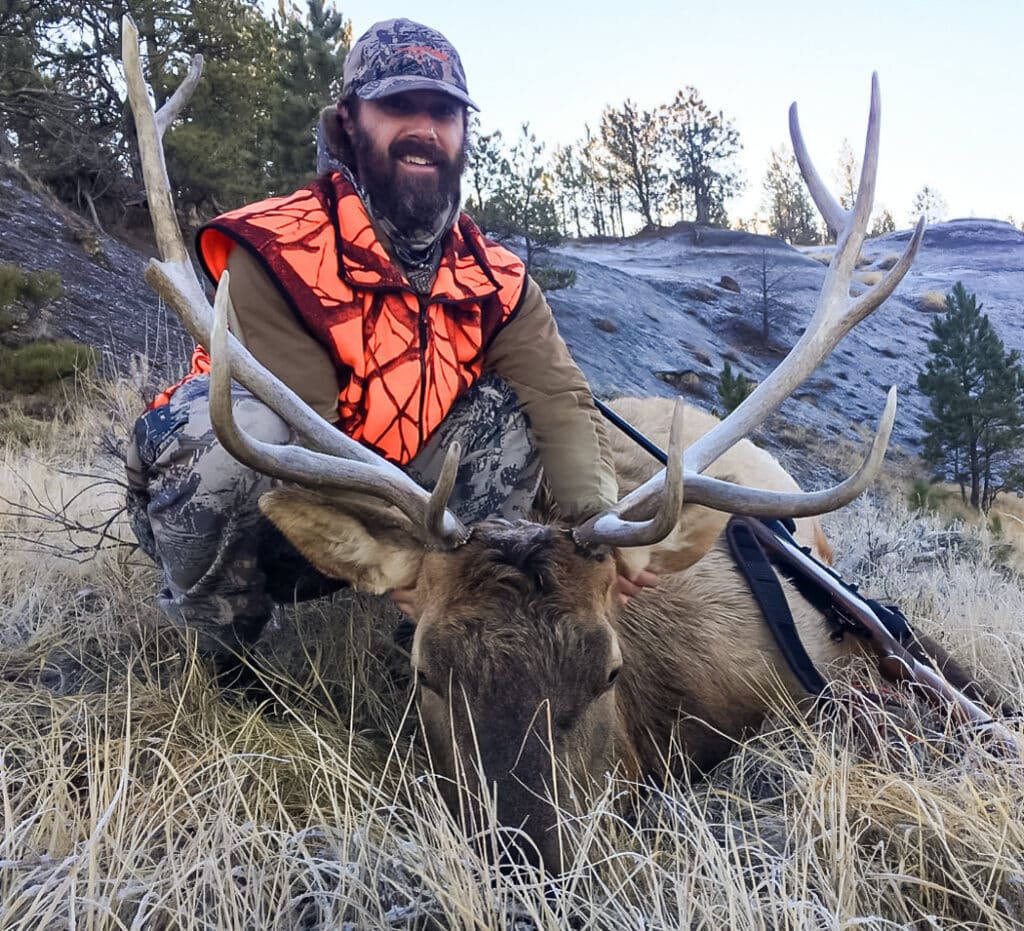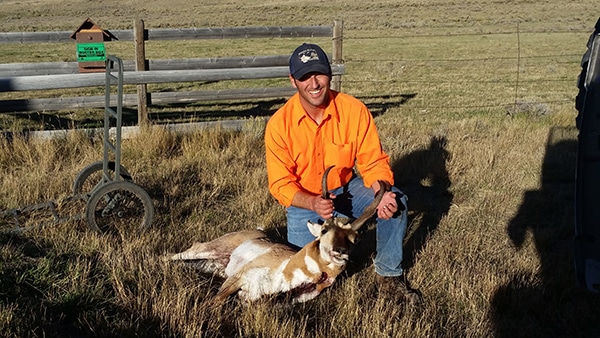
MWF Conservation Director Nick Gevock recently took this nice antelope buck on a Block Management Area in southwestern Montana that opened up thousands of acres of private and public land to public hunting. If you’ve got a photo you’d like to share, send it to mwf@mtwf.org
For thousands of Montanans, as well as hunters from around the country, this upcoming Saturday is the best day of the year. It’s the opening day of Montana’s general deer and elk hunting season, the day that many have for months been waiting for.
There has been a lot of preparation going into the day. Rifles have been carefully sighted in, vehicles packed with tents and gear and supplies to make camp for days or even weeks. And of course hunters have been getting ready by scouting his or her chosen area to find a place with a chance to punch a tag.
Of course that key element – a place to go – is vital for hunting opportunity. Montana is blessed with millions of acres of public land, including national forests, Bureau of Land Management and state Wildlife Management Area lands that are open to all. Montana is also blessed with thousands of generous landowners to welcome hunters to their properties to enjoy the abundance of wildlife we’re blessed with.
Some of them chose to do this through a program that is a model throughout the country, and that is the popular Block Management program. More than 7.5 million acres are enrolled statewide. Through Block Management, landowners allow public hunters onto their lands. In return, Montana Fish, Wildlife and Parks through fees paid by hunters provides services including enforcement, hunter management and proper signage to help out landowners. And landowners also receive payments to help offset some of the impacts of hunters, including weed management. Each area has its own rules, and hunters need to check with Montana Fish, Wildlife and Parks for more information.
Block Management is mentioned by hunters from throughout the West as a great partnership. Montanans as well as non-resident hunters have come to rely on these areas throughout the state as great hunting opportunity. The program not only opens up private lands, but in many cases also provides access to adjoining public lands. It’s been a huge success, and one that the Montana Wildlife Federation strongly supports.
If you get out on a Block Management area this fall, be sure to thank the landowner. Hunters are still guests on these areas, and without them we’d have less hunting opportunity.

